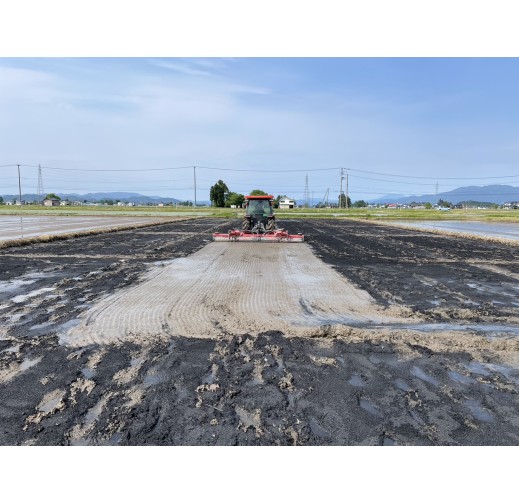Biochar
Technology / Service Summary
Biochar is used in agriculture, made from various materials including wood residues, bamboo, rice husks, and livestock waste etc. It is often used as a soil improvement material and is expected to have effects such as improving soil water retention, adjusting pH, and improving nitrogen utilization efficiency, making it highly effective in arid areas and soils with low pH.
The C Sequestration in soil by applying biochar has also been attracting attention recently. It is possible to contribute to reducing CO2 released into the atmosphere by sequestrating C in the soil. For example, when biochar 1t made from rice husks is applied to agricultural land, it is expected to reduce CO₂ by about 1.16 t, and the reduced CO₂ can be traded as carbon credits.
Purpose
Through this business, we aim to improve farmers' incomes by using biochar and reduce greenhouse gas emissions, and to establish effective use of agricultural waste.
Feature
● Carbon sequestration
● N₂O reduction
● Nitrogen leaching reduction
● Water retention
● Soil biology
● Soil fertility
● Crop yield
● Erosion and wind erosion prevention, etc.
Effect
[Example 1]
An experiment on the application of biochar to corn in Jirobue City, Luwero District, Republic of Uganda. Conducted by a professor from the Faculty of Agriculture, Tottori University, who is a collaborator. Biochar made from rice husks, an agricultural residue generated in the region, was applied to corn fields. Compared to the previous experiment, (1) yields increased by approximately 20% and (2) the amount of chemical fertilizer input was reduced by half.
[Example 2]
An experiment on the application of biochar to peanuts in Yachimata City, Chiba Prefecture. Conducted in collaboration with a peanut processor in the same region. Biochar made from peanuts, an agricultural residue generated in the same region, was applied to peanut fields. Compared to the previous experiment, (1) yields increased by approximately 5% and (2) the amount of chemical fertilizer (K) input was reduced by 40%.
Controlled Substance
Applicable Regions / Countries
- Japan
- Southeast Asia
- Africa
- ASEAN countries
Cambodia
Related SDGs Goals
- 1. No Poverty
- 3. Good Health and Well-being
- 13. Climate Action
- 15. Life on Land
- 17. Partnerships to achieve the Goal



